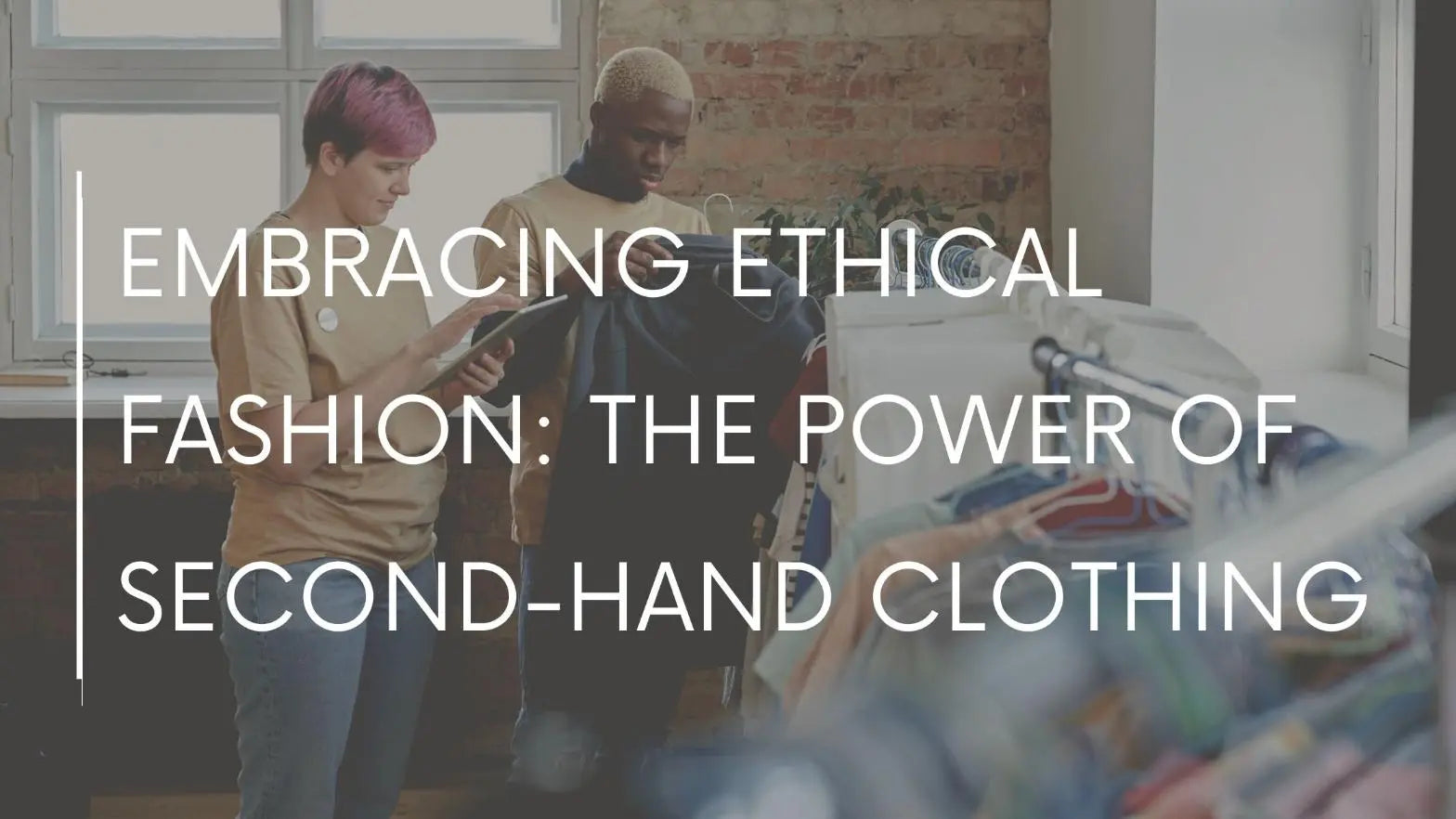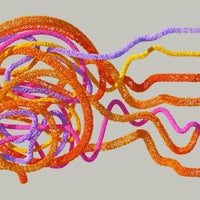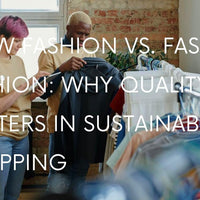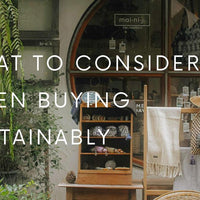Introduction: A Shift Towards Conscious Consumerism
In a world increasingly driven by fast fashion, the movement towards ethical and sustainable choices is gaining momentum. One powerful avenue within this realm is the embrace of second-hand clothing. This article delves into the significance of second-hand fashion in the broader context of ethical fashion, exploring how it contributes to sustainability, promotes responsible consumerism, and challenges the conventional norms of the fashion industry.
The Environmental Impact of Fast Fashion
Fast Fashion and Waste: The conventional fashion industry operates on a model of rapid production and quick turnovers, leading to an alarming increase in textile waste. The environmental impact of this approach is staggering, with landfills burdened by discarded clothing items that often barely had a chance to be worn.
Resource Depletion: The production of new clothing requires vast amounts of resources, from water and energy to raw materials. The overconsumption of these resources contributes to environmental degradation and exacerbates the industry's ecological footprint.
The Rise of Ethical Fashion
Understanding Ethical Fashion: Ethical fashion encompasses a commitment to fair labor practices, transparent supply chains, and environmentally friendly production methods. It seeks to counter the negative impacts of fast fashion by fostering a more responsible and sustainable approach to clothing production.
Consumer Demand for Ethics: With an increasing awareness of the environmental and social consequences of fast fashion, consumers are actively seeking alternatives that align with their values. Ethical fashion has emerged as a response to this demand, offering a more conscientious way to engage with clothing.
The Role of Second-Hand Clothing
Reducing Waste: Second-hand clothing plays a pivotal role in waste reduction. By giving pre-loved garments a second life, consumers contribute to the circular economy, minimizing the need for new production and diverting items from landfills.
Extending Product Lifespan: One of the key principles of ethical fashion is the promotion of garments with longer lifespans. Second-hand clothing inherently aligns with this principle, as each purchase extends the life of a garment and delays its journey to becoming waste.

Benefits of Second-Hand Shopping
Affordability and Accessibility: Second-hand clothing is often more affordable than brand-new items, making sustainable fashion accessible to a broader audience. Thrift stores, online platforms, and vintage shops offer a diverse array of styles and options.
Unique Fashion Finds: Embracing second-hand fashion allows individuals to discover unique and one-of-a-kind pieces that stand out from mass-produced items. This not only adds a personal touch to one's wardrobe but also promotes individual expression.
Overcoming Stigmas and Stereotypes
Changing Perceptions: Despite the positive aspects of second-hand shopping, stigmas and stereotypes persist. Addressing these misconceptions is crucial to fostering a wider acceptance of ethical fashion. Education and awareness campaigns can play a vital role in challenging preconceived notions.
Highlighting Quality: Contrary to the misconception that second-hand means compromised quality, many pre-owned items are in excellent condition. Quality brands and timeless pieces can be found through second-hand shopping, emphasizing that sustainability and style can coexist.
Conclusion: A Fashionable Future
Embracing second-hand clothing is more than a trend; it's a revolutionary step towards a more sustainable and ethical fashion industry. By redefining perceptions, challenging stereotypes, and making conscious choices, individuals can actively contribute to a fashion landscape that prioritizes longevity, values, and the well-being of our planet. As ethical fashion continues to evolve, the power of second-hand clothing stands as a testament to the transformative potential of consumer choices.








0 comments